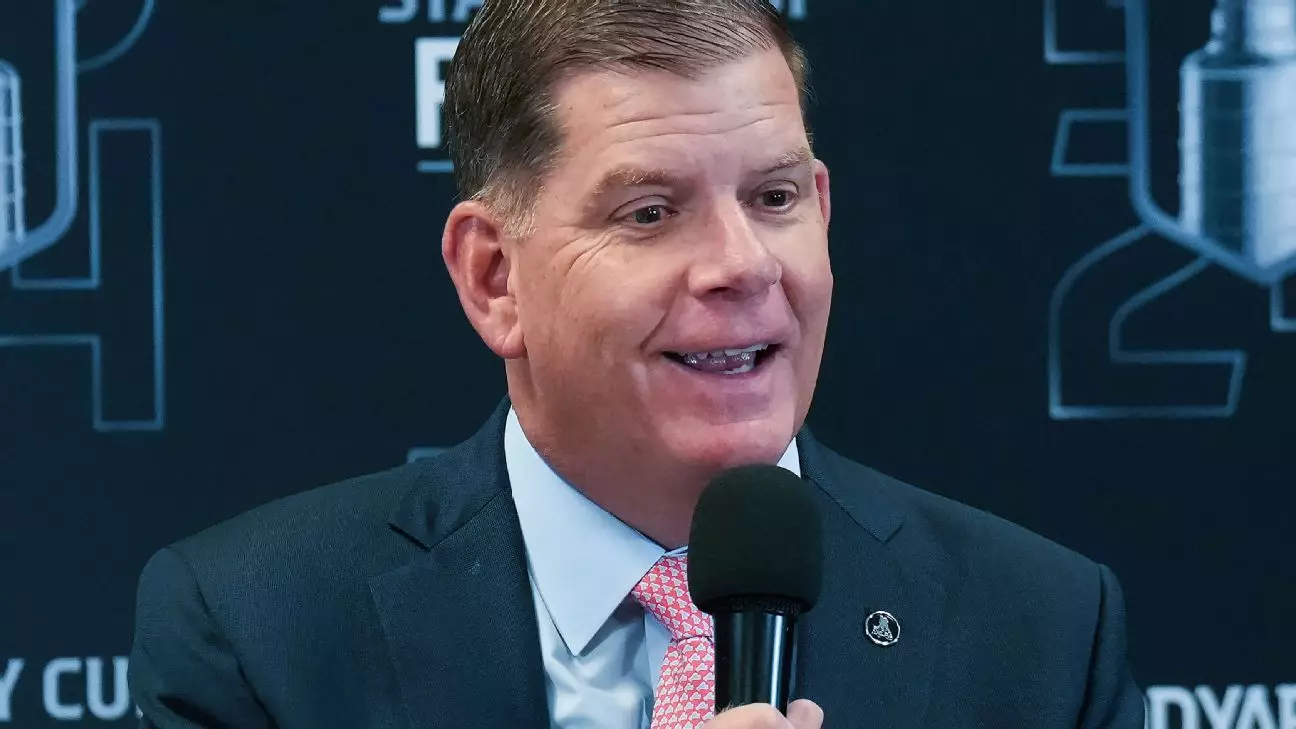In a pivotal move signalling solidarity within the sports labor community, both the National Hockey League Players’ Association (NHLPA) and the Professional Hockey Players’ Association (PHPA) have announced their formal affiliation with the American Federation of Labor and Congress of Industrial Organizations (AFL-CIO). This strategic incorporation into the AFL-CIO’s sports council enhances labor representation in professional sports and marks a significant chapter in the ongoing narrative of collective bargaining rights. With this alliance, the AFL-CIO now has a total of 63 unions under its umbrella, uniting over 15 million workers across various industries, not just in sports.
This affiliation comes at a crucial time, as collective bargaining discussions are actively taking place within multiple levels of professional hockey. AFL-CIO president Liz Shuler expressed her enthusiasm about the alliance, emphasizing the importance of giving every worker, whether they are on the rink or in a factory, a voice and the power that comes from union membership. Shuler’s remarks resonate with the core values of labor solidarity, highlighting that the NHLPA and PHPA will now have an expansive support system to advocate for equitable wages, safe working conditions, and professional development in the sport. This joint effort stands as a testament to the belief that collectively, workers can achieve far more than they can individually.
Marty Walsh, the executive director of the NHLPA, echoed the sentiments of labor empowerment and advocacy as he affirmed the players’ commitment to championing worker rights across various industries. His acknowledgment of the significance of this affiliation during an important moment in the labor movement reflects an honest recognition of the struggles that many workers face, transcending the barriers of their respective sports. The NHLPA represents approximately 750 players while the PHPA covers around 1,800 members in the American Hockey League (AHL) and the East Coast Hockey League (ECHL). By aligning with the AFL-CIO, both associations are positioning themselves to draw upon a vast network of advocacy and resources.
The AFL-CIO established its sports council in 2022, already housing unions from various prominent leagues, including the NFL, WNBA, and Major League Soccer, among others. This diversified representation paves the way for a comprehensive approach to addressing labor issues in sports. As Brian Ramsay, the executive director of the PHPA, pointed out, the advantage of having the AFL-CIO’s backing during collective bargaining negotiations cannot be overstated. It symbolizes a united front among sports workers, empowering them to demand better working conditions and terms.
Looking ahead, the collaboration between these players’ associations and the AFL-CIO promises to bring about significant strides in labor relations within professional sports. The unified voice and resources available through this alliance could drastically shift the landscape of worker rights in hockey and beyond, setting a precedent for how labor frameworks can evolve in the demanding world of athletics. As these discussions unfold, the hope remains that this coalition will lead to transformative changes, enhancing job security and worker satisfaction among professional athletes. The future is bright for labor in the sports sector as this newly formed alliance has the potential to write a new chapter in the history of athletes advocating for their rights.


Leave a Reply